Brief introduction of Qufu
Qufu, the home town of Confucius, is a city in southwest Shandong about a two-hour bus ride (135 km) to Jinan, the capital city of Shandong Province. Qufu is a famous historical city in China. With a history of more than five thousand years, Qufu is the legendary birthplace of many Chinese sages, such as Confucius and Mencius. To memorialize these great sages, the locals built temples and cemeteries, later opened to the general public as tourist attractions.
Three Kongs scenic spot
The most famous attractions are the Temple of Confucius (Kong Miao), the Cemetery of Confucius (Kong Lin) and the Kong Family Mansion (Kong Fu), together now called the Three Kongs. The Three Kongs was listed in the World Cultural Heritage by UNESCO in 1994, along with a comment that said: "The Qufu complex of monuments has retained its outstanding artistic and historic character due to the devotion of successive Chinese emperors over more than 2,000 years".
Temple of Confucius is one of the most renowned Confucius temples in China, and certainly among the most important. Temple of Confucius was built to worship Confucius (September 28, 551 BC – 479 BC), the Chinese thinker and social philosopher, whose teachings and philosophy have deeply influenced Chinese, Korean, Japanese and Vietnamese thought and life by Chinese Feudal dynasty. It is a group of grand, majestic, oriental-featured ancient buildings. It is the second largest scale Chinese ancient buildings (the largest one is the Forbidden City in Beijing). The temple, now listed as China's Top Three Ancient Buildings (the other two are: the Forbidden City in Beijing and the Summer Resort in Chengde) and played an important role in the world’s architecture history, was built at the site of Confucius’ former residence with a standard of ancient Chinese imperial palace. Temple of Confucius was first built by Luaigong (the emperor of Lu) in 478 BC – the second year after Confucius' death. Later on, the temple was rebuilt by many past emperors for expansion. The latest expansion was accomplished by Emperor Yongzheng of Qing Dynasty.
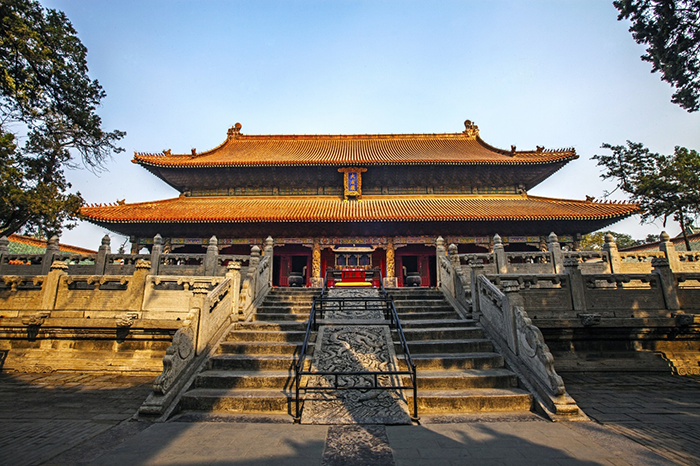
Three Kongs scenic spot - Temple of Confucius
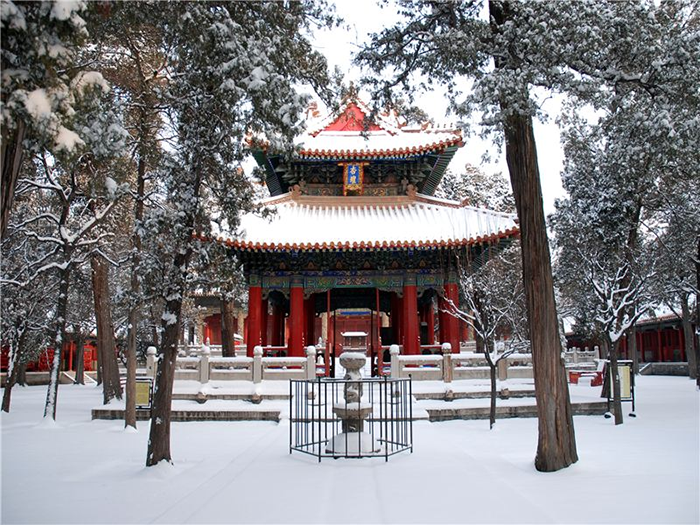
Three Kongs scenic spot - Temple of Confucius
The Kong Family Mansion, also called the Holly Mansion, was where the descendants of Confucius lived. In Chinese history, Confucius' descendants were called " Yanshenggong". The descendants of Confucius strictly maintained their family rules and rituals, and the buildings of the mansion were designed with the rules and rituals of the Confucian patriarchal system and ethics in mind. The Kong Family Mansion was designed exactly in the Chinese tradition of "the hall in the front, the living room in the back". The front hall was divided into three individual spaces: "Guanya" – the place for work, "Dongxue" – the place for reception and "Xixue" – the place for entertainment. The living rooms were designed for daily living. The Kong Family Mansion is a massive structure, almost as large as the mansions of the emperors in the Ming Dynasty (1364-1683) and the Qing Dynasty (1644-1911).
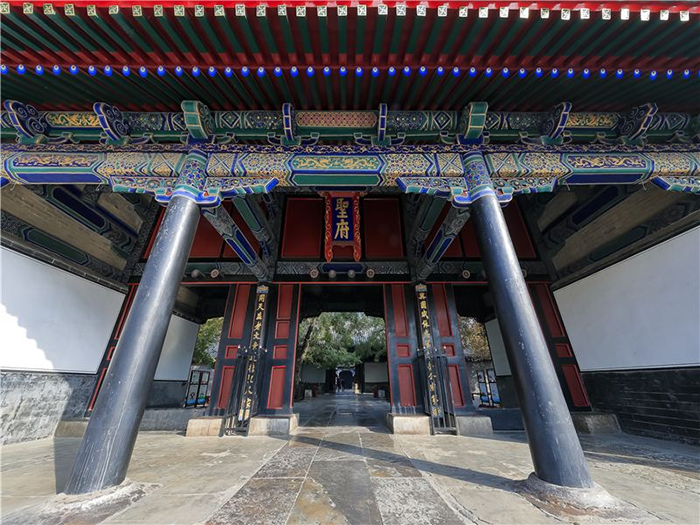
Three Kongs scenic spot - The Kong Family Mansion
The Cemetery of Confucius (Kong Lin called in Chinese) is located at the north gate of Qufu (about 1 km north of Qufu). It is the largest family cemetery in the world, and has the longest history. Confucius died in April 479 BC and was buried in the northern part of Lu City (now called Qufu), where his descendants were also buried after their deaths. More than 1,000 trees were planted since Zigong, one of Confucius' favorite pupils, planted the first tree.
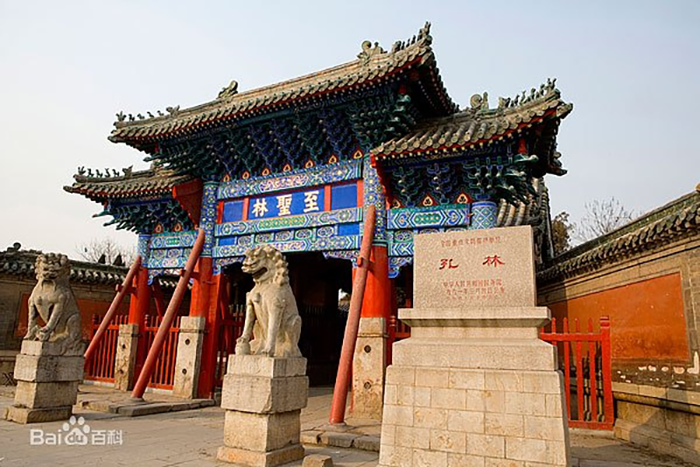
Three Kongs scenic spot - The Cemetery of Confucius (Kong Lin called in Chinese)
Isn't it a pleasure to have friends come from afar? Confucius was a famous thinker, educator and statesman in China. He traveled around the Chinese lands for 14 years with his disciples. In his later years, he revised the Book of Poetry and five other Confucian classics, such as the Book of Documents, the Book of Rites, the Book of Music, the Book of Changes, and the Spring and Autumn Annals were referred to as "six jing."
Nishan Sacred Land is a cultural experience base where people can learn about Chinese culture and Confucianism. It is located in the Nishan Cultural Tourism Resort on Nishan Mountain, traditionally regarded as the birthplace of Confucius, the great thinker, educator and founder of Confucianism.
Nishan Sacred Land is 25 kilometers southeast of Qufu, and covers 35.76 square kilometers. The complex was mentioned as part of Qufu's excellent traditional culture inheritance and development demonstration zone in China's 13th Five-Year Plan (2016-20).
The construction of the Nishan Sacred Land included three phases. As the core scenic spot, phase I covers 8 square kilometers and includes the Confucius statue, Luyuan tourist center and Nishan Academy Hotel. The Confucianism experience area is open to the public.
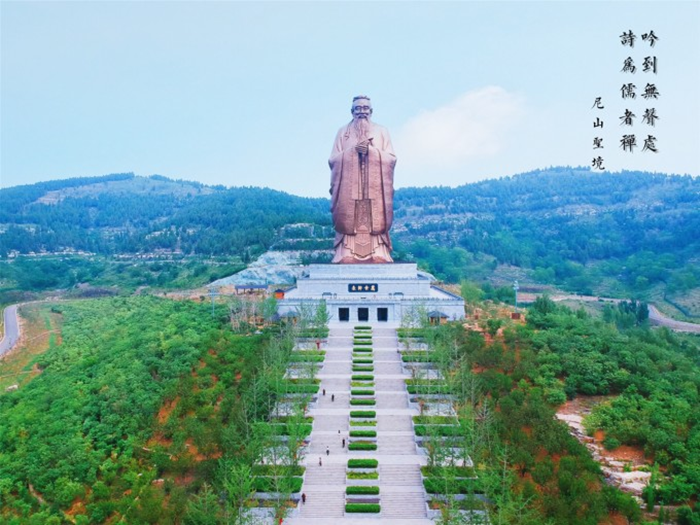
Nishan Sacred Land

